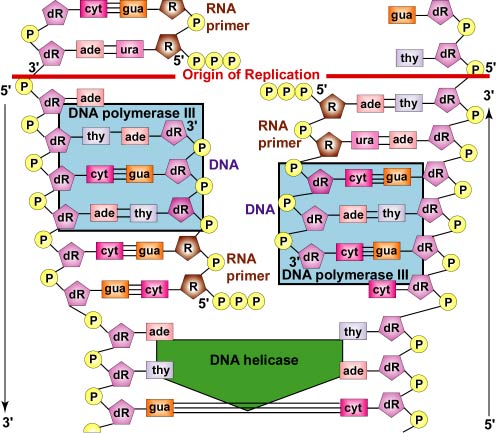Fig. 11: DNA Replication by Complementary Base Pairing: Adding DNA Nucleotides to the RNA Primer

Fig. 11: DNA Replication by Complementary Base Pairing: Adding DNA Nucleotides to the RNA Primer

Illustration of DNA Replication by Complementary
Base Pairing: Adding DNA Nucleotides to the RNA Primer.jpg by Gary E. Kaiser, Ph.D.
Professor of Microbiology,
The Community College of Baltimore County, Catonsville Campus
This work is licensed under a Creative Commons Attribution 4.0 International License.
Based on a work at https://cwoer.ccbcmd.edu/science/microbiology/index_gos.html.
Last updated: Feb., 2021
Please send comments and inquiries to Dr.
Gary Kaiser